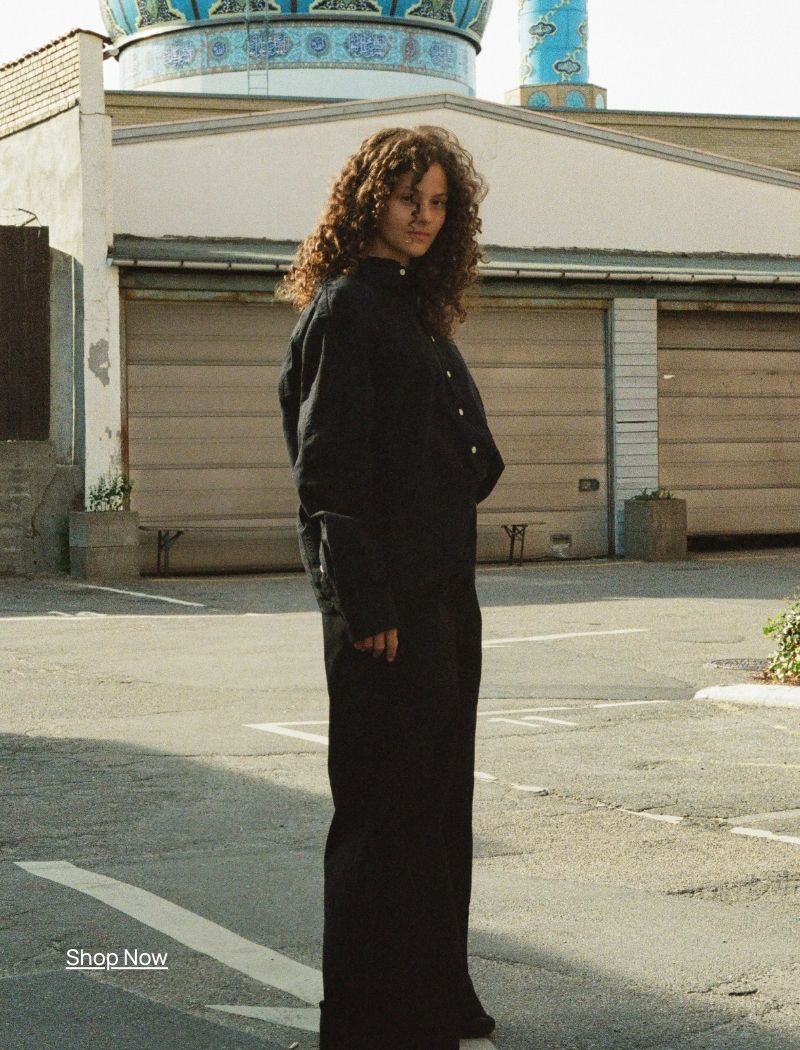Upcycling in fashion has gained significant momentum as a sustainable and creative practice. It's not a new concept, although we've been hearing about it more and more. Upcycling involves the recycling of materials but there is more to the concept and it comes with upsides as well as challenges. Let’s dive into it...
What is upcycling?
Generally speaking, upcycling is reimagining what already exists. It involves the recycling of raw materials where materials are recycled without being degraded, thereby adding value through a new function or form. It can include pre-consumer waste materials and textiles such as leather or polyester, or repurposing older clothing into new items of better quality.
In fashion, upcycling is a creative process of transforming used or discarded clothing and materials into new fashion items without breaking down the original materials. Unlike traditional recycling, upcycling preserves the original fabric's integrity while giving it a new purpose and life.
The upsides of upcycling
Materials that are upcycled are often seen as waste somewhere before they get into the right hands. Upcycling of a material adds value and potentially helps to extend the number of times a product can be reused. Thus, upcycling existing items and materials reduces waste and contributes to a circular economy within fashion extending the lifespan of products.
Upcycling reduces textile waste, often requires less energy than recycling and can decrease demand for new raw materials. Thus, upcycling can contribute to a less negative environmental impact in fashion.
Another great thing about upcycling is that it encourages creativity and innovation with unique designs and one-of-a-kind pieces with individual character.
The challenges of upcycling
Despite the huge potential and positive things that upcycling promotes, as all things do, it also comes with some challenges.
Often, the origins of upcycled materials are unknown, offering no guarantee of fair working conditions or the absence of harmful chemicals in the original production of the clothes or materials being upcycled.
For brands and manufacturers, it can be difficult in sourcing reliable secondhand clothing and fabrics to upcycle which can be a time consuming and challenging task to have consistency in material supply. Restricted availability in materials’ size, color and texture can come with some design limitations and requires skilled craftsmanship and different design thinking ultimately leading to higher production costs in terms of craftsmanship and the sourcing of materials. Additionally, scalability can be challenging for brands and manufacturers. These factors ultimately lead to higher prices for consumers, which may deter them from purchasing upcycled fashion.
Upcycling represents an approach to a more sustainable fashion industry, offering creativity and environmental benefits. Looking ahead, the hope is that upcycling can promote ethical fashion and promote conscious consumption to reduce the negative effects of fast fashion.


